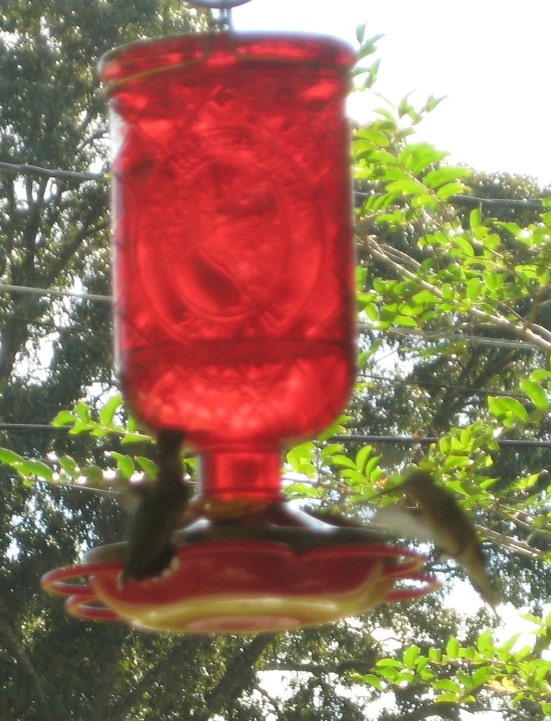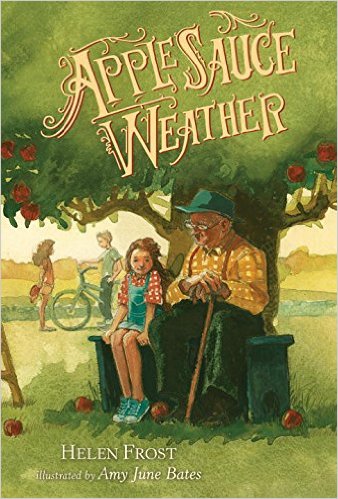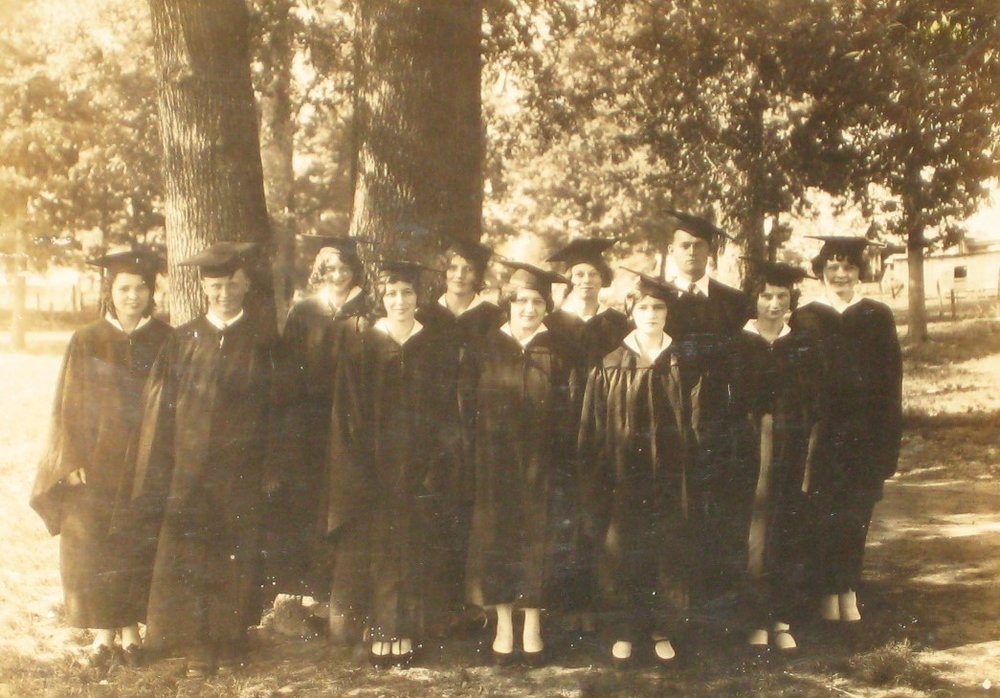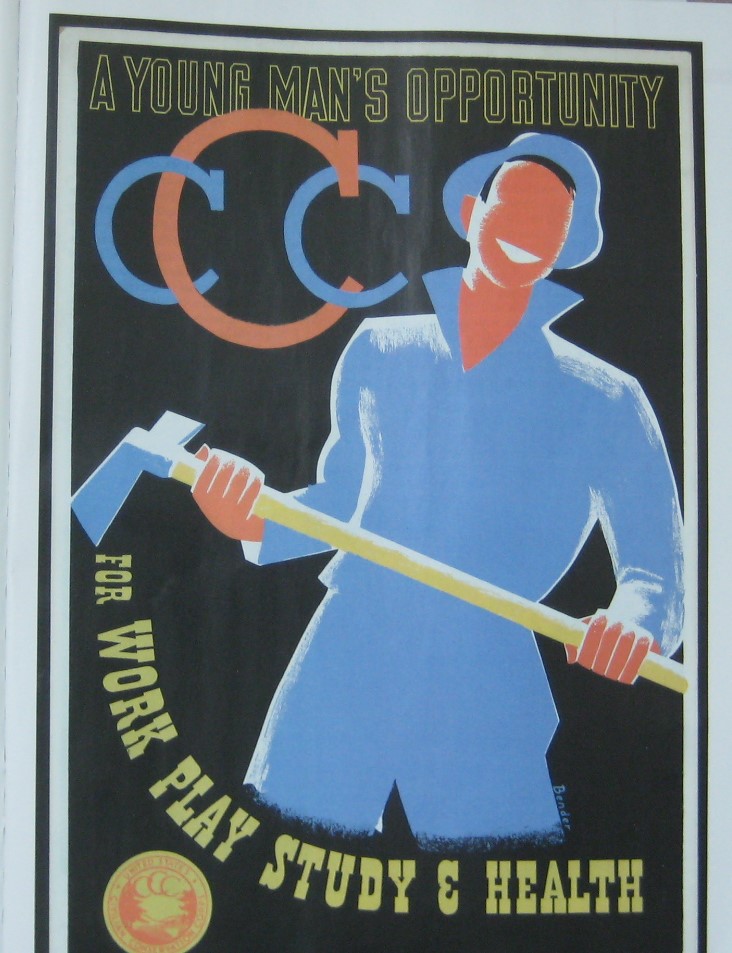 The first two sentences set the tone for the book in The Light Fantastic by Sarah Combs. “I was born on April 19, 1995, at 10:07 in the morning eastern daylight time. Minutes before, one time zone to the west, a man named Timothy McVeigh was busy sending a bomb through the Alfred P. Murrah Federal Building in Oklahoma City. . .” On senior skip day as the first narrator, April recalls all the tragedies that have occurred during her birth month, including the Boston Marathon bombing five days before. The tension begins here and tightens as it goes forward with breathers only for recalling earlier and better times and giving clues about relationships among the players.
The first two sentences set the tone for the book in The Light Fantastic by Sarah Combs. “I was born on April 19, 1995, at 10:07 in the morning eastern daylight time. Minutes before, one time zone to the west, a man named Timothy McVeigh was busy sending a bomb through the Alfred P. Murrah Federal Building in Oklahoma City. . .” On senior skip day as the first narrator, April recalls all the tragedies that have occurred during her birth month, including the Boston Marathon bombing five days before. The tension begins here and tightens as it goes forward with breathers only for recalling earlier and better times and giving clues about relationships among the players.
Pay close attention to both the narrators that often seem unrelated from across the country and the times in different time zones as the story is told from multiple teen and adult viewpoints. There is a plot headed by a Mastermind to be carried out by the Assassins. The threads of the story resemble a basket of leftover yarn that has been invaded by a kitten and become intriguing as the reader tries to follow each thread from the beginning to the end.
I also reviewed Sarah Combs book Breakfast Served Anytime when it came out. In that review, I wrote that she captured well the joys and sorrows of coming-of-age. That is still true with this book as long as the reader is content with more stress and sorrow than joy. This is a book for someone who enjoys the tension of a psychological thriller.

































